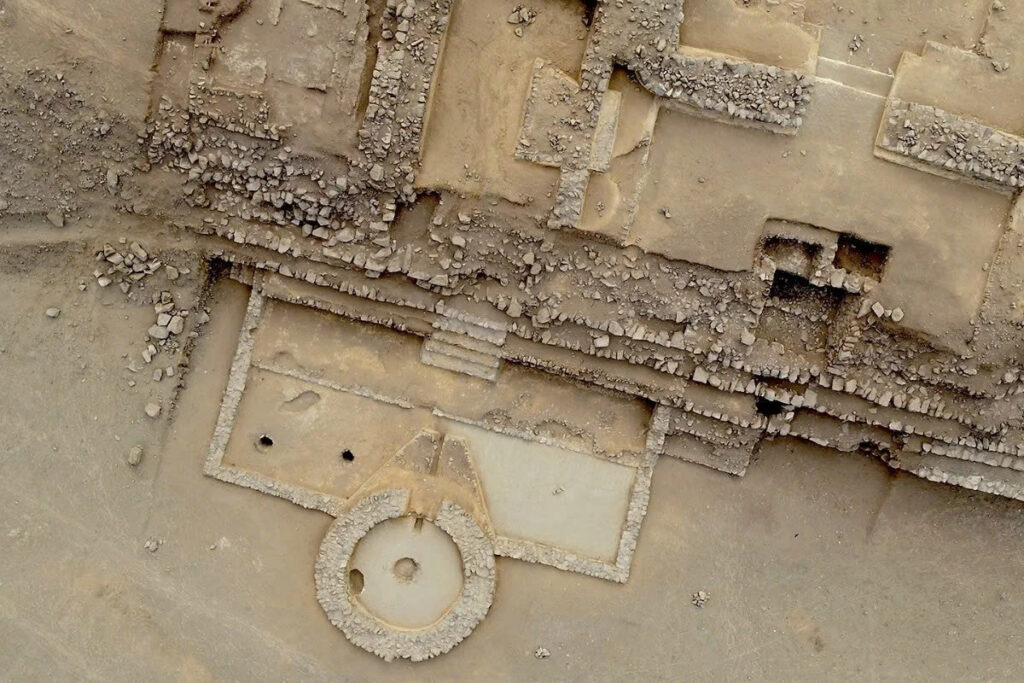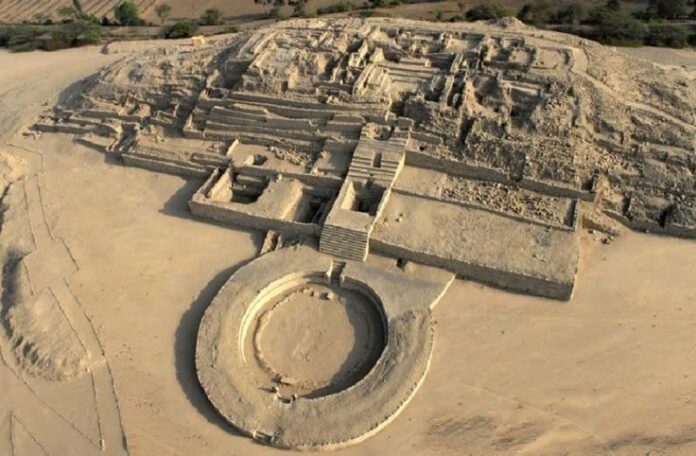Researchers have made a remarkable discovery in Peru’s Supe Valley, uncovering a 5,000-year-old ceremonial fire altar that sheds new light on the Americas’ most ancient civilization. This extraordinary find at the Era de Pando archaeological site offers fresh insights into the sophisticated religious practices of a society that flourished thousands of years before Egypt’s Great Pyramids were built.
The Caral-Supe Civilization: A Lost World Rediscovered
The Era de Pando site sits within the broader Caral Archaeological Zone, home to the legendary Caral-Supe civilization. This remarkable Pre-Columbian society began establishing urban centers around 3500 BC, making it nearly 2,000 years older than the famous Olmec civilization of Mesoamerica.

A Network of Ancient Cities
At its peak, the Caral-Supe civilization boasted approximately thirty major population centers scattered throughout what is now the Caral region of Peru. Era de Pando represents one of these sophisticated urban hubs, featuring 48 carefully planned structures arranged around a central plaza, including towering pyramidal buildings, sacred temples, and residential quarters for its inhabitants.
The Sacred Fire Altar: A Window into Ancient Rituals
The Discovery

Archaeologists from the Ministry of Culture’s Caral Archaeological Zone team focused their recent excavations on Building C1, an impressive pyramidal structure positioned at the heart of Era de Pando. Their painstaking work revealed a circular ceremonial altar on the building’s western side, measuring an impressive 7 meters in diameter.
Sacred Architecture and Design

The fire altar’s design reflects the sophisticated urban planning of its creators. A rectangular courtyard, measuring 16 meters long by 8 meters wide, leads to the sacred space. Visitors would have descended a carefully constructed staircase connecting the altar to the main building’s ceremonial hall, creating a dramatic approach to this holy site.
Video
Elite Religious Ceremonies
These sacred fire altars held special significance in Caral-Supe society, constructed exclusively within the most important pyramid-shaped public buildings and near the residences of high-ranking community members. Access to these hallowed spaces was strictly limited to select religious leaders, political authorities, and social elites.

During intimate ceremonial gatherings, these privileged groups would congregate at the altars to offer sacred items to the flames. Archaeological evidence suggests they burned precious beads, crystalline quartz fragments, fresh fish, shellfish, and agricultural products as offerings to their deities.
Significance of the Discovery
This remarkable find at Era de Pando continues to expand our understanding of the Americas’ oldest known civilization, demonstrating the sophisticated religious and social structures that existed over 5,000 years ago. The fire altar serves as tangible evidence of the complex ceremonial practices that bound these ancient communities together, revealing a level of social organization and spiritual sophistication that challenges our understanding of early American civilizations.

